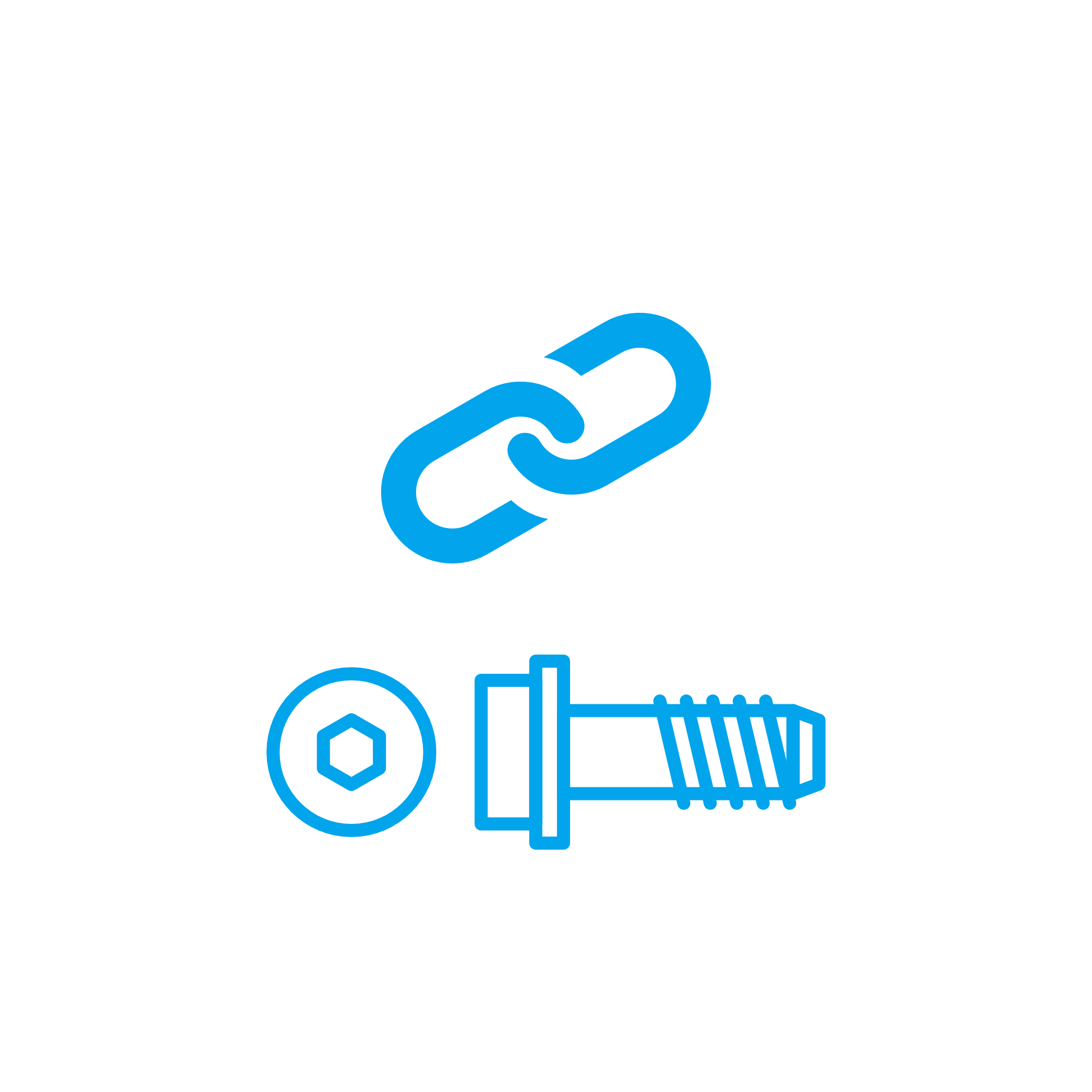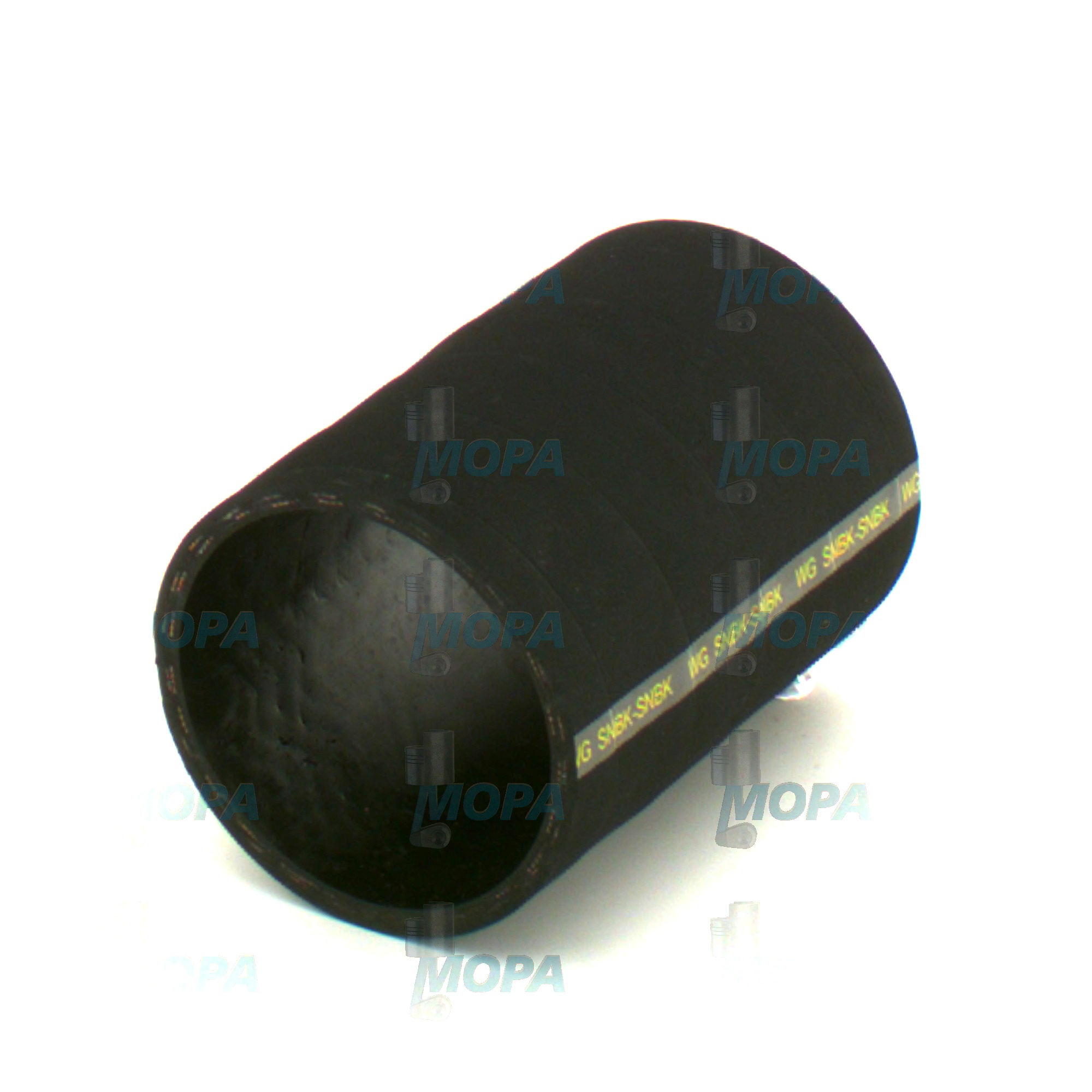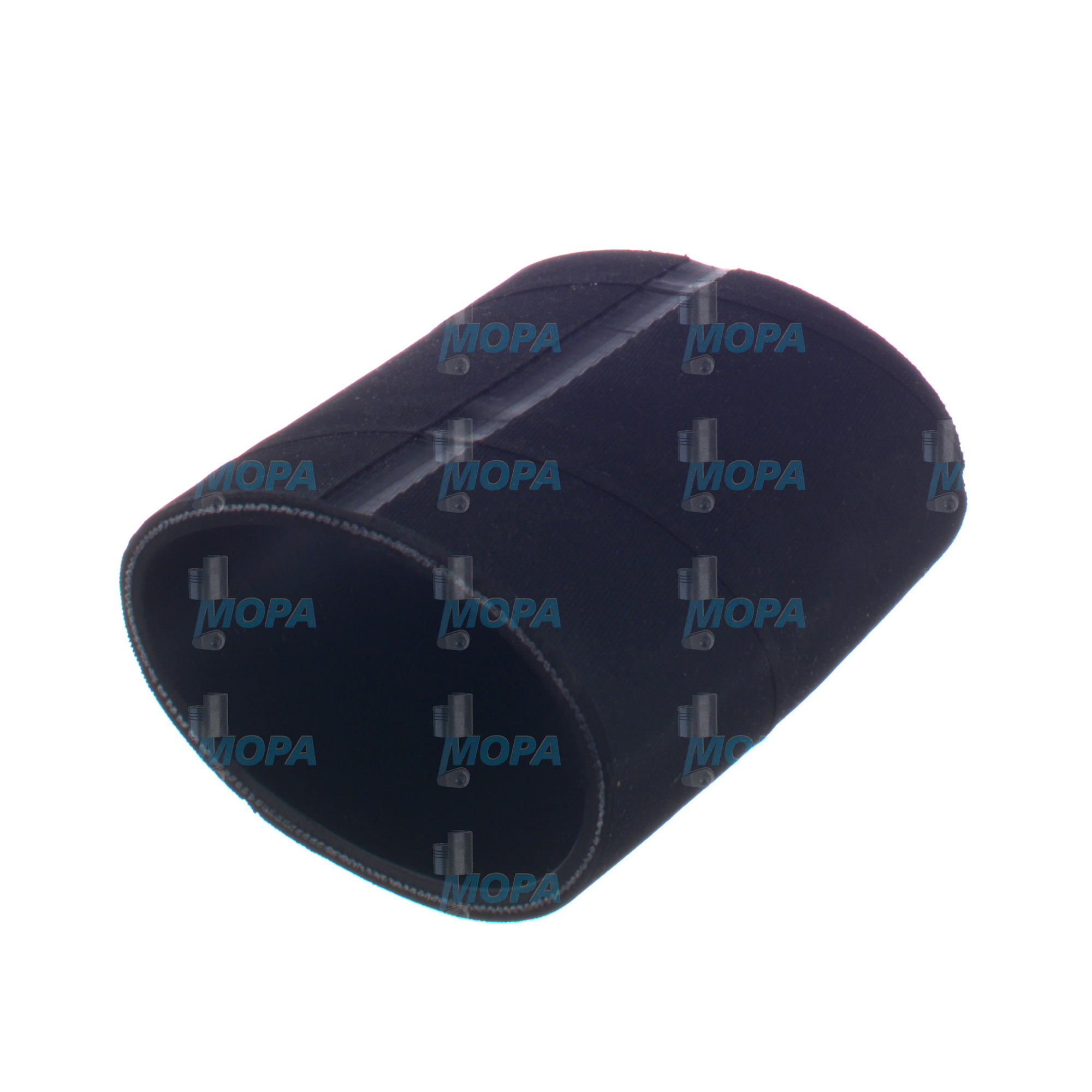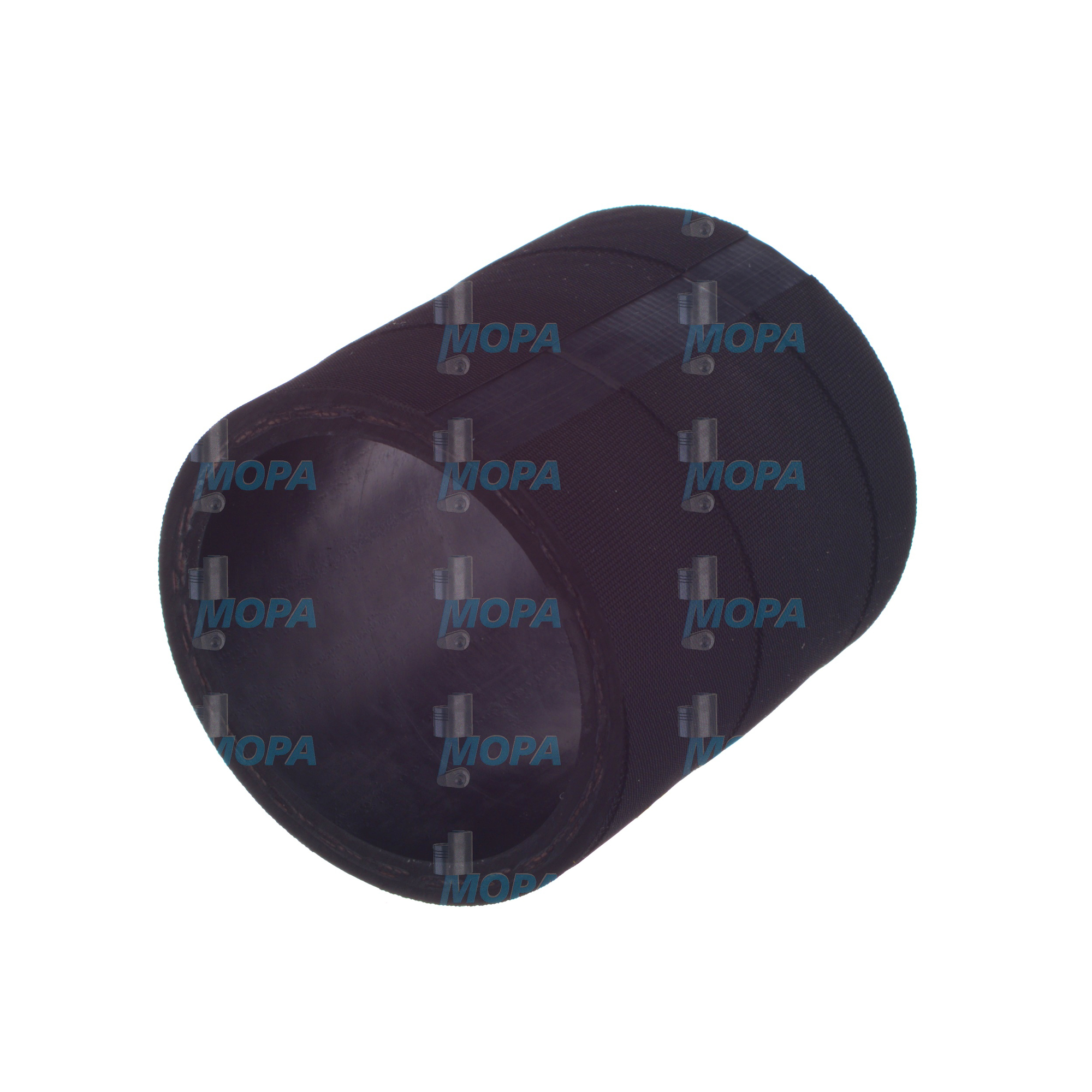RUBBER SLEEVE Connecting Elements for Diesel and Marine Engines
Connecting elements are the unsung backbone of every engine installation. As a category, they include flexible and rigid components that join pipes, housings, and subsystems so fluids, gases, and forces are transmitted safely and efficiently. From charge-air lines to coolant circuits and exhaust laterals, connecting elements—such as a RUBBER SLEEVE, clamps, couplings, seals, and fasteners—enable a diesel engine or marine engine to operate as a coherent, leak-tight, low-vibration system. Their role is vital: they preserve alignment, isolate vibration, accommodate thermal expansion, and maintain pressure integrity under harsh conditions.
In demanding applications like propulsion or gensets, these parts must work reliably despite high temperatures, pulsating pressures, chemical exposure, and continuous vibration. Well-specified connecting elements extend component life across the engine, reduce unplanned downtime, and protect performance KPIs such as fuel efficiency, emissions, and power density.
Technical function of Connecting Elements and RUBBER SLEEVE in engine systems
Connecting elements provide a controlled pathway between engine components while compensating for movement, misalignment, and thermal growth. A RUBBER SLEEVE for a diesel engine or marine engine typically serves as a flexible coupler between rigid pipes or between a turbocharger outlet and charge-air cooler inlet. Its elastomer body allows radial and axial deflection, reducing stress on flanges and preventing cracking in adjacent pipework. When paired with correctly torqued clamps, a RUBBER SLEEVE maintains constant sealing pressure, limiting blow-by in boost systems and keeping intake air density at the designed level.
In coolant lines, connecting elements maintain circulation under variable load without transmitting excessive vibration to heat exchangers. On exhaust lines, heat-resistant variants damp acoustic energy and minimize micro-leaks that could affect sensor readings. In fuel return and breather systems, chemically compatible sleeves and couplings avoid swelling, hardening, or permeability issues that might skew fuel balance or oil mist management.
For high-output engines, pressure pulsation and vibration can loosen rigid joints. Here, a RUBBER SLEEVE OEM parts solution with correct shore hardness, reinforcement plies, and geometry preserves clamp load over time, stabilizes resonance behavior, and supports accurate turbocharger speed control. The result is consistent mass flow, improved combustion stability, and better transient response—key to meeting emissions limits and load-step requirements.
- · Absorbs vibration and thermal expansion.
- · Maintains leak-tight joints under pulsation and boost.
- · Protects adjacent components from stress and misalignment.
- · Enhances airflow and coolant stability for efficiency.
- · Supports safer operation by minimizing fluid and gas leaks.
- · Enables service-friendly modular pipe and hose layouts.
Importance for engine reliability and service life
Connecting elements directly influence engine reliability. If a sleeve hardens, cracks, or loses elasticity, clamping force drops and leaks appear. Intake leaks downstream of the compressor reduce charge density, forcing the turbocharger to work harder, which can raise temperatures, alter EGTs, and elevate fuel consumption. Coolant leaks lead to localized hotspots, cavitation, and potential liner damage. Exhaust leaks upstream of aftertreatment can distort sensor data and degrade emissions control.
Misaligned rigid joints transmit bending loads to sensitive housings, causing flange distortion and early bearing or seal failures. Conversely, well-engineered connecting elements maintain alignment, allow controlled movement, and decouple vibration, which prolongs the life of radiators, coolers, turbochargers, piping, and instrumentation. For shipowners and plant operators, this translates into longer maintenance intervals, fewer unplanned stops, and predictable OPEX.
Advantages of OEM spare parts suitable for Connecting Elements
Selecting OEM spare parts suitable for connecting elements—such as a RUBBER SLEEVE marine engine application—ensures material and dimensional fidelity to the engine maker’s specification. This is critical because elastomer chemistry, reinforcement layout, bead geometry, and wall thickness determine sealing force, temperature resistance, and long-term compression set. Precision fit reduces installation time and the risk of over-torquing clamps, while certified compounds resist oil mist, coolant additives, seawater spray, and ozone.
With OEM spare parts suitable for a RUBBER SLEEVE diesel engine interface, purchasers benefit from consistent pressure ratings, documented temperature ranges, and validated compatibility with clamps, pipes, and housings in the same assembly. The result is stable performance, reduced leak risk, and predictable service life—protecting budgets by minimizing downtime, repeat interventions, and follow-on damage.
Why choose OEM spare parts suitable for a RUBBER SLEEVE OEM parts setup
- · Accurate dimensions for fast, secure installation.
- · Verified materials for heat, fuel, oil, and coolant resistance.
- · Stable clamping behavior for sustained sealing pressure.
- · Proven durability under vibration and pulsation.
- · Lower lifecycle cost through longer replacement intervals.
- · Documentation and traceability that support compliance.
MOPA: your partner for OEM spare parts Connecting Elements
MOPA is an experienced and reliable partner for OEM spare parts connecting elements, including the RUBBER SLEEVE used in diesel and gas engines. We focus on speed, quality, and security in every transaction—rapid sourcing, thorough conformity checks, and careful packaging that protects sensitive elastomers and machined interfaces. Our portfolio covers a wide range of connecting elements for marine engine and power-generation applications, with expert support to match compounds, sizes, and pressure/temperature requirements to your specific installation.
Whether you need intake sleeves, coolant couplers, exhaust connectors, clamps, or related fittings, MOPA streamlines the procurement process and helps reduce risk in critical-path maintenance windows.
Conclusion: Connecting elements and RUBBER SLEEVE performance
Connecting elements are essential to safe, efficient engine operation, and the RUBBER SLEEVE is a key enabler of sealing integrity, vibration control, and thermal compensation. Choosing OEM spare parts suitable for these components safeguards performance, reliability, and service life while protecting maintenance budgets and uptime targets.






